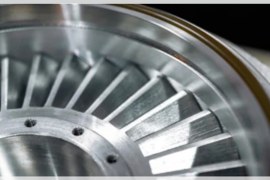When designing or operating a vacuum system, it is critical to consider several factors. Knowing the intended use will allow you to determine the technology, lubrication, chemical resistance, vacuum level, and necessary flow rate. Vacuum pumps are categorized by their ...
Vacuum Furnace End-User Q&A Community Latest Articles
What are some of the fundamental procedures to maximize carbon and oxygen probe life?

Maximizing the lifetime of carbon or oxygen sensors is not guaranteed and is dramatically reduced if they are physically damaged by shock or vibration, contamination from chemicals, the environment in which it is used in, and lastly on whether the ...
How do you reduce outgassing in vacuum systems?

Outgassing is the release of trapped gas or vapor that are dissolved, trapped, frozen, or absorbed in the materials being heat-treated in a vacuum system. Outgassing includes sublimation and evaporation which are phase transitions of a substance into a gas, ...
When does an air-cooled system make sense over a cooling tower evaporative water cooling system?

Many cooling systems today utilize a cooling tower. Cooling towers depend on a sump tank of water that is pumped over a PVC fill while ambient air is blown over the falling water causing evaporation. Each pound of water evaporated ...
What is the working principle of a multi-stage roots vacuum pumps?

Roots vacuum pumps are dry, gas transfer pumps that do not introduce oil or water into the pumped gas stream. The gas transfer is achieved by the mechanical transfer of pumped gas molecules. Generally referred to as booster pumps, they’re ...

